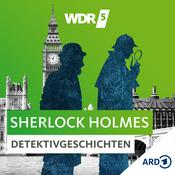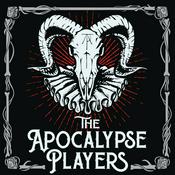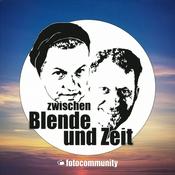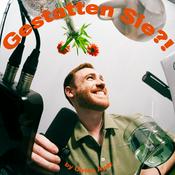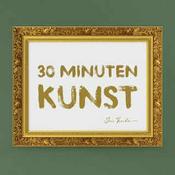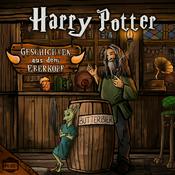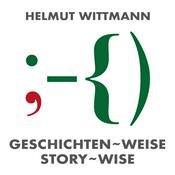50 Episoden

Vast Wasteland
07.5.2021 | 7 Min.
On May 9th, 1961, a still-celebrated speech rocked the world of broadcast television. In it, FCC Chairman Newton Minow zeroed in on television's vapid programming landscape, and the words "vast wasteland" became a contemporary catchphrase. More from WNYC's Sara Fishko in this edition of Fishko Files. This is the final edition of Fishko Files at WNYC. The episodes will live online and in the WNYC archives. You can find more extended Fishko work on our website.

Empire State: Going Up
30.4.2021 | 7 Min.
Tomorrow, May 1st, marks the 90th anniversary of the opening of the Empire State Building. As WNYC's Sara Fishko tells us, the building's rise to its 102-story height is only one of the ways it towered over all the rest. More, in this episode of Fishko Files.

Stanwyck & Co.
23.4.2021 | 7 Min.
In honor of this weekend's Oscars: WNYC's Sara Fishko with this Fishko Files from the archive, filled with the award-winning voices of some of the great women of Hollywood's Golden Age. (Produced in 2013)

Poets' Voices
16.4.2021 | 6 Min.
In honor of April, National Poetry Month, WNYC's Sara Fishko asks the question: what's the connection between poets' speaking voices, and the poems they create? (Produced in 2012)

Peter and the Wolf
09.4.2021 | 7 Min.
The celebrated children's tale with music, Peter and the Wolf - as WNYC's Sara Fishko tells us - was first heard in Moscow in the spring of 1936, an ominous time in the Soviet Union. Everywhere it went after that, it thrilled a listenership of kids. More, in this episode of Fishko Files.
Weitere Kunst Podcasts
Trending Kunst Podcasts
Über Fishko Files
Höre Fishko Files, Besser lesen mit dem FALTER und viele andere Podcasts aus aller Welt mit der radio.at-App

Hol dir die kostenlose radio.at App
- Sender und Podcasts favorisieren
- Streamen via Wifi oder Bluetooth
- Unterstützt Carplay & Android Auto
- viele weitere App Funktionen
Hol dir die kostenlose radio.at App
- Sender und Podcasts favorisieren
- Streamen via Wifi oder Bluetooth
- Unterstützt Carplay & Android Auto
- viele weitere App Funktionen


Fishko Files
App laden,
loshören.

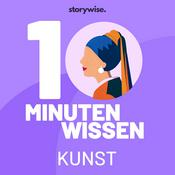
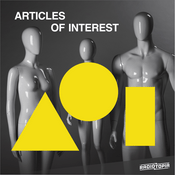
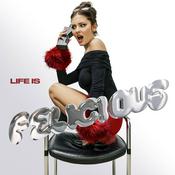

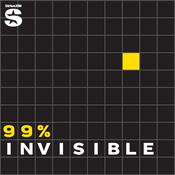




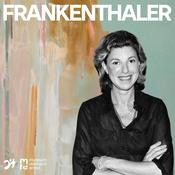
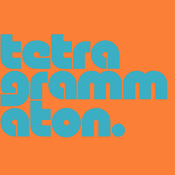

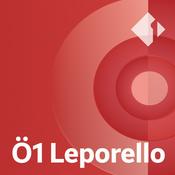
![Podcast SCP Un[REDACTED]](https://www.radio.at/podcast-images/175/kelsey-narrates.png?version=7b311b29e6be6edb6fa9087f70ffa528da2f351b)

